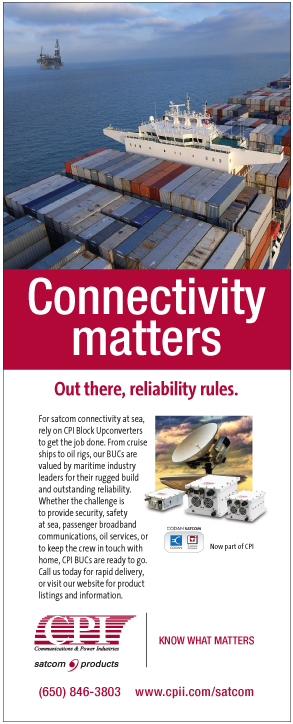With respect to Economics 101, the well-known Law of Supply and Demand usually applies when discussing the acquisition of critical talent. There are times when employers are seeking to hire critical talent and the supply of qualified candidates is limited. Then, there are times when numerous qualified candidates are pursuing a very limited demand of employers with a need for talent.

Under normal circumstances, the balance of Supply and Demand tilts one way or the other. Rarely, is the balance dead-even. Hardly ever does Supply COLLIDE with Demand at the expense of both sides.
Today, Supply and Demand are COLLIDING. The result is painful to both the employer and the talent.
- What is causing this painful phenomenon?
- What is the impact?
- How can it be overcome to everyone’s benefit?
Causitive Factors
Employers are facing reduction of earnings, re-evaluation of sales projections, concerns about winning near term contract awards and competition for bids against competitors with bids that are below cost.
Today’s business climate is influenced by fear and uncertainty. The challenging times are causing large and small employers to “right-size” or “down-size” their headcount.
As a result, there is a large supply of talent flooding the marketplace.
Professionals who find themselves unexpectedly out of work are eager to re-enter the workforce. Some have ugly cash flow issues. Some believe they need to accept a reasonable offer because it may be the only one they receive. Some candidates are simply desperate to re-enter the workforce while others are uncomfortable without employment. Unemployment turns professionals into unpredictable and urgent candidates.
Employers today recognize there is a very attractive supply of available critical talent. The current conditions demand that the employer gets it right and hires the “RIGHT” talent. Things get more complicated with the actual hiring efforts.
The Impact:
With the uncertainty faced by employers and the pressure of getting it right, employers are additionally facing an unmanageable number of candidates responding to a posting. The employer’s “hiring engine” was designed to handle a much smaller candidate pool. Furthermore, the market conditions cause the employer to take a more methodical, more deliberate and longer time to hire critical talent.
Employers are overlooking highly qualified candidates. For example, a senior level friend recently applied to a position with a well-known Satellite Communications employer. After making numerous follow-up attempts, my friend received a call from the employer’s HR Department who said that another candidate had been selected. My friend was then told that he was not qualified since he lacked a degree. My friend responded that he held an MBA and asked if the employer had even reviewed his qualifications. He said their response was dead silence. Clearly, a potentially qualified and interested candidate had been altogether missed. How many times is the occurring today? Once is too many.
The impact affecting the talent is driven by timing. Unemployed candidates are very motivated and very eager to re-gain employment. With paralysis influencing employers, candidates are focused on moving quickly while in contrast, employers are taking longer then ever. This is the collision.
Game-changing supply is available. While limited, there is some demand to hire critical talent. The supply of talent is colliding with a hiring engine that is too slow and too overburdened to efficiently respond to candidates. Many times, qualified candidates become frustrated by the employer’s slow pace and accept an offer that might be regarded as second tier.
Surviving The Collision
The first step is to recognize today’s issue and the related collision.
Knowing that candidates can and want to move quickly, the employer has the ability to both resolve and benefit from the current situation.
- A structured recruitment process needs to be developed and implemented by the employer. The process must address: “What business challenge are we solving by hiring critical talent?”
- Significant pre-hiring preparation is necessary in order to respond to anticipated candidate questions.
- With such a large quantity of available talent, the hiring focus must shift away from seeking or sourcing talent.
- Instead, the hiring focus needs be on FILTERING, also known as Candidate Development.
- Speed is critical today. Candidates do not respond well to silence from hiring managers. Employers need to maintain a dialogue with candidates and efficiently move through the hiring process.
- Employers need to dedicate time to filter-out candidates who don’t fit while developing candidates who appear qualified to solve the business challenge.
- Once the hiring process has identified the “BEST” candidate, the final steps are unchanged from a “normal hiring process.”
In Summary
- Focus on the talent
- Prepare well
- Hire quickly (As a result of a well planned, well executed process)
- Get it right

About the author + Boxwood Search
Bert Sadtler is the President of Boxwood Search and a Senior Contributor for SatMagazine—There is a ongoing battle for senior level talent. A great hire can make a long term positive impact and a failed hire can prove to be very expensive. How does a company recruit and hire the right talent? It is more than just networking within the community of friends and business associates. It requires focusing on results through a process oriented approach. We are committed to reaching a successful outcome. Our recruitment method has repeatedly proven to deliver very qualified senior talent. Contact Bert at BertSadtler@BoxwoodSearch.com for more information.


